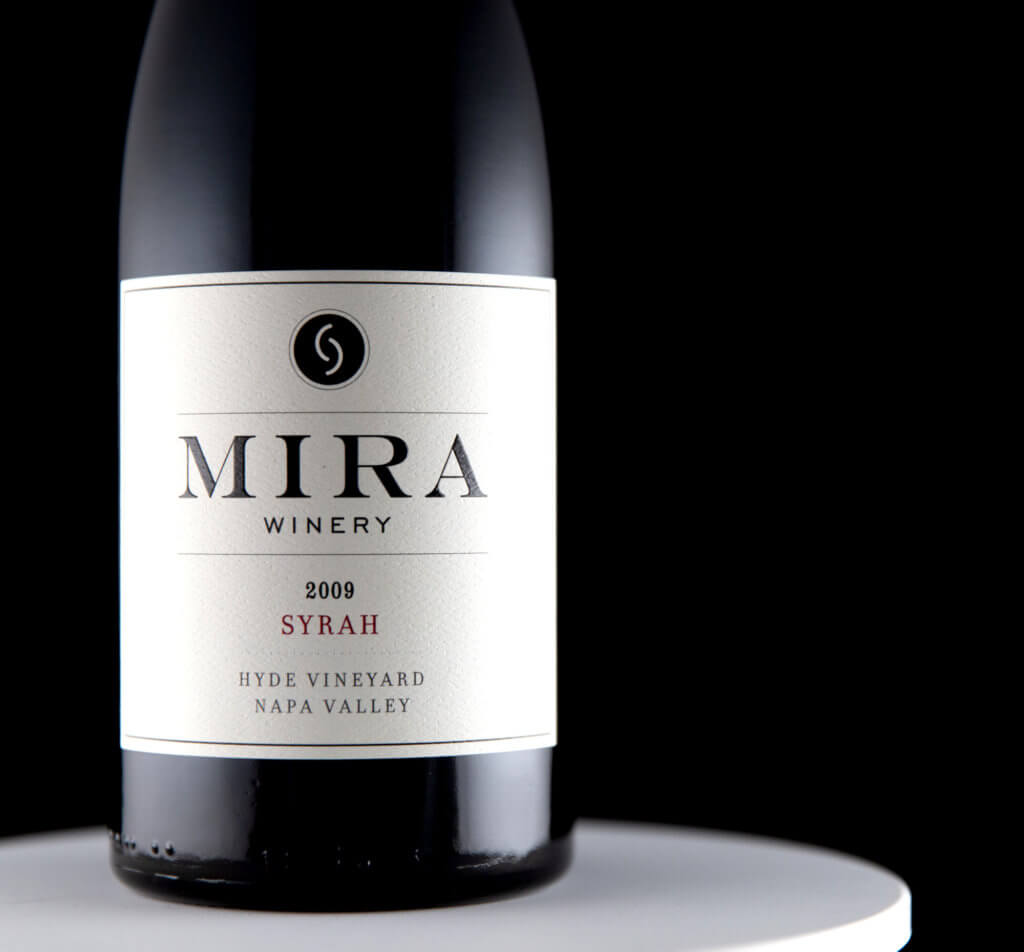
The Importance of Bottle Aging
A wine’s journey does not end with bottling but rather this pivotal step marks an exciting new phase along its path from vine to table. Winemakers have significant influence over the wine they produce as it is handcrafted in the winery, but once bottled the wine itself becomes the driver of its own destiny. Each individual bottle now strikes out on its own adventure, distinct from the journey of its 300 or so siblings per barrel, though nearly all will arrive at the same destination: delicious enjoyment.
The time given to a wine as it ages in the bottle allows it to fully integrate and ultimately achieve what Mira Winemaker Gustavo Gonzalez envisions. But, that vision is not static and the wine’s essence is constantly in motion, oscillating nearer or farther from the ideal outcome. Along each bottle’s timeline there will be moments when it shows particular characteristics or qualities. Some may align with Gustavo’s original expectation for that vintage, yet wine is a living thing and, at times, can present surprising and unexpected aspects at different moments in time.
Time is the defining factor, whether considered in weeks or years. One of the reasons we choose to hold our wines after bottling is to give it time to further integrate and develop, then release it when it is ready to show its true character. Further along the bottle’s journey in the perfectly controlled cellar environment it will undergo a number of fascinating changes as its constituent elements – alcohol and acid, tannin and pigment – interact to form elevated textures and flavors.
The cork is paramount. As a natural and permeable enclosure, it allows the wine to continue breathing once it is in the bottle. Most Mira wines are unfiltered in order to allow the natural processes of the wine’s development to continue in the bottle, an act of faith in the miraculous ability of wine to evolve and improve.

